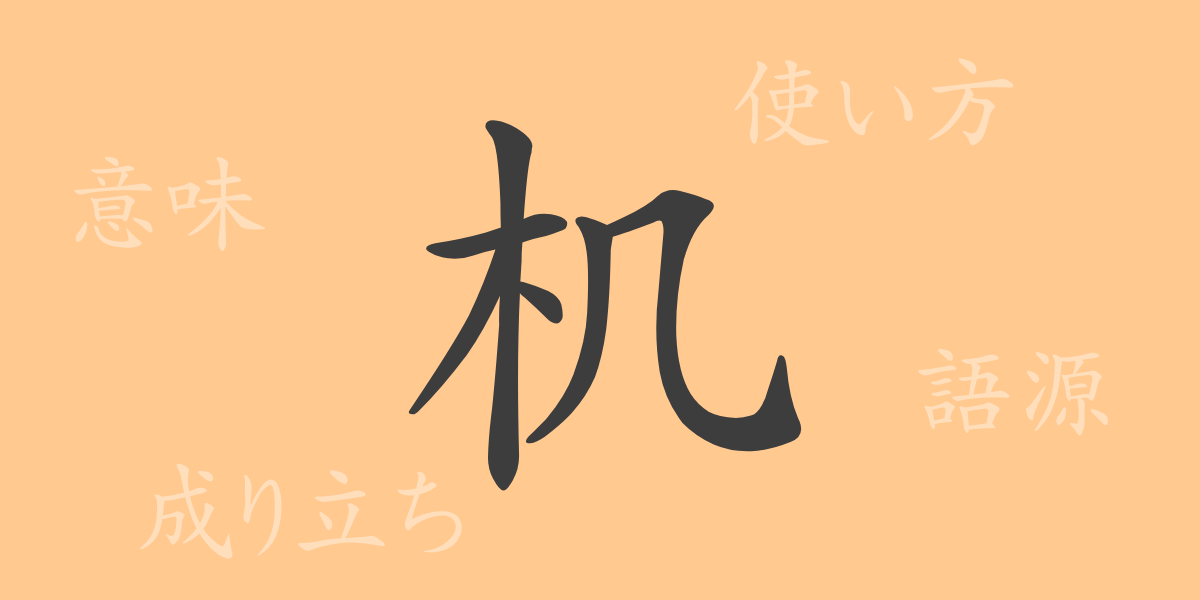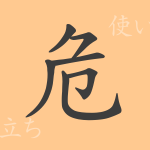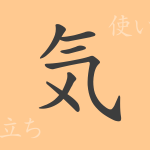The “desk” (机, つくえ), a frequently used item in our daily lives, is an essential element for our learning and work. Despite its simple shape, the desk harbors a rich history and culture that is hard to imagine. In this article, we delve into the origins of the kanji “desk” (机), its meaning, usage, and the idioms and phrases etched in the hearts of the Japanese people. Let’s unravel the hidden stories behind “desk” (机) as a commonly used kanji in Japan and explore its allure.
Origins of the Desk (Etymology)
The kanji for “desk” (机) traces back to ancient China. It is said to have originated from the pictographic character meaning “wood”, evolving to represent a flat stand made of wood. Over time, this flat stand became a tool for learning and work, and the character “desk” (机) came to embody the idea of a “convenient flat surface”.
Meaning and Usage of the Desk
In modern Japanese, “desk” (机) mainly refers to furniture used in schools and offices. Specifically, it is a flat surface for writing or computer work. Metaphorically, it can also refer to a place or environment for work or study. For instance, the phrase “lining up desks” (机を並べる) is often used to describe the act of working together cooperatively.
How to Read, Stroke Count, and Radical of the Desk
Understanding the reading and components of the kanji “desk” (机) allows for a deeper comprehension.
- Reading: On’yomi (Chinese reading) is “キ” (ki), Kun’yomi (Japanese reading) is “つくえ” (tsukue)
- Stroke Count: A total of 6 strokes
- Radical: Wood radical (木部, きへん)
Idioms, Phrases, and Proverbs Using the Desk and Their Meanings
Idioms and phrases that include the kanji “desk” (机) reflect the lifestyles and values of the Japanese people. Here are some examples:
- Desk-top theory (机上の空論, きじょうのくうろん): Refers to theories or ideas that are not useful in reality.
- Under-the-desk negotiations (机下の交渉, きかのこうしょう): Secret negotiations that are not made public.
- Desk-top peace (机上の平和, きじょうのへいわ): Peace that exists only in theory, without any corresponding actions or reality.
Conclusion on the Desk
Exploring the history and meaning behind a single kanji character is one way to appreciate the depth of the Japanese language. The kanji “desk” (机) is an integral part of our daily lives, yet it carries a rich culture and history behind it. Through this article, we hope you have gained a multifaceted understanding of the kanji “desk” (机) and that it serves as a starting point to view the desks we encounter every day from a fresh perspective.

























